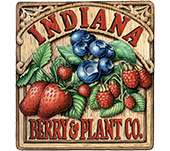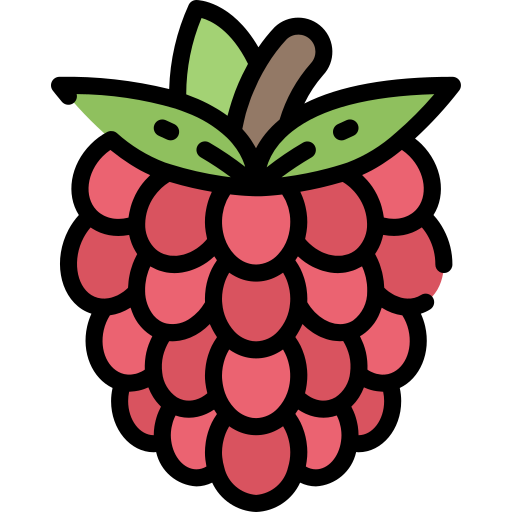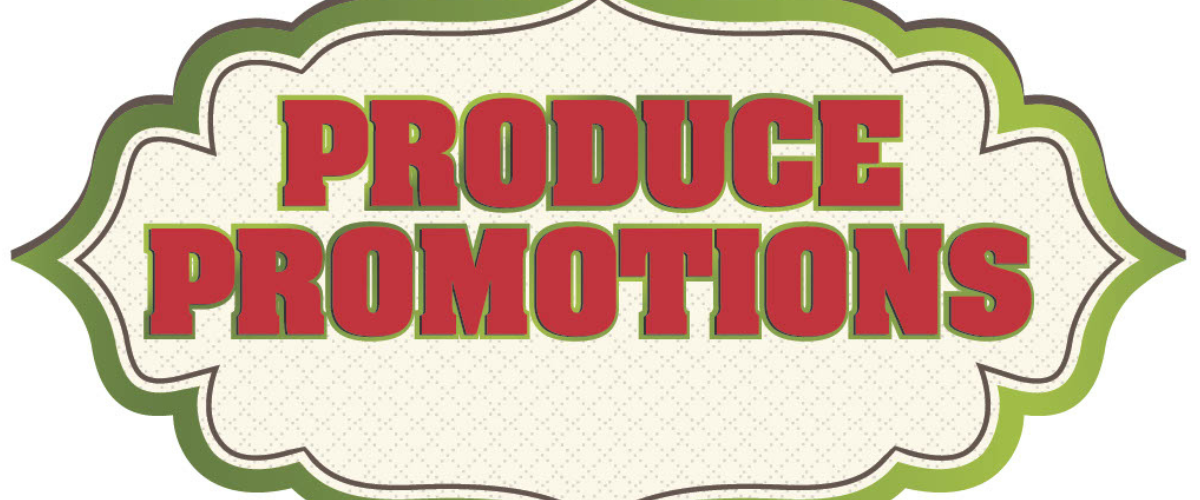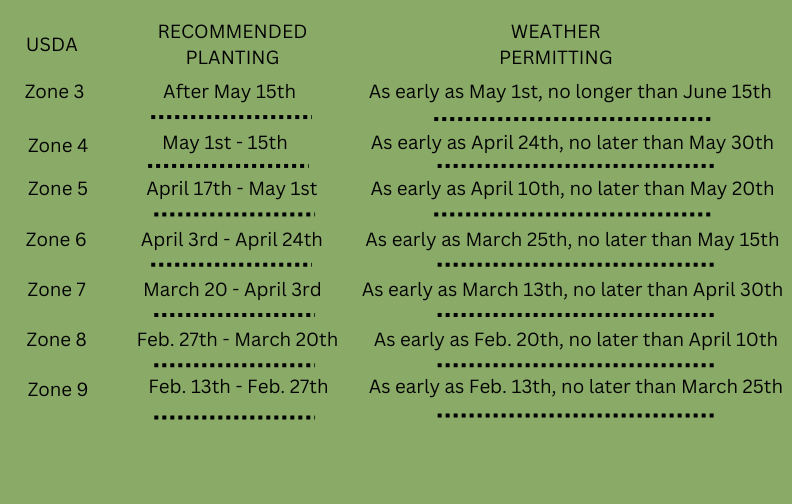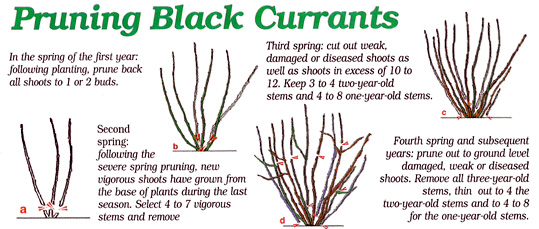| Quantity | Price |
| 1-9 | $11.00 |
| 10-29 | $9.50 |
| 30-99 | $9.00 |
| 100 + | $8.25 |
American origin; vigorous with upright canes, very productive large bush. Berries are medium size, deep red with good flavor. Good yields easy to harvest, some resistance to powdery mildew.
